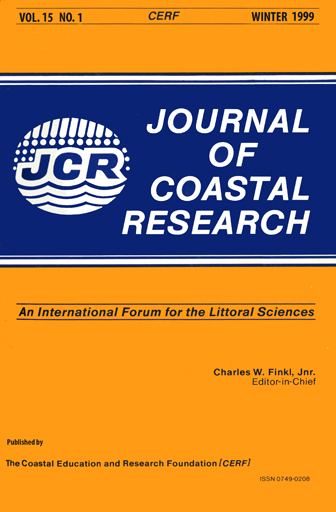Turtle Nesting on Adjacent Nourished Beaches with Different Construction Styles: Pinellas County, Florida
Keywords:
Beach nourishment, turtle nesting, compaction, cone penetrometer.Abstract
Successful nesting of loggerhead turtles is an important aspect of beach management along the Gulf Coast of Florida. A detailed time series of beach monitoring has provided a wealth of data on turtle nesting and resistance to penetration in order to assess the effect of beach nourishment on turtle nesting. Three adjacent, nourished beaches, and nearby unnourished beaches provided the locations for systematic measurement of conditions. Two years of data are provided, 1994 and 1995, with the latter including tilling of the nourished beach on one of the projects.
Nesting density increased from 1994 to 1995. Although cone penetrometer measurements routinely exceeded guidelines for turtle nesting, the turtles paid no attention to compaction. The nature of the sediment with large quantities of bivalve fragments is such that although vertical penetration is very difficult, the style of digging by turtles experiences little resistance. Data provided in this study indicate that the current guidelines based on cone penetrometer data for nesting in highly compacted beaches are incorrect. Nourished beaches on the Gulf Coast of Florida do not inhibit turtle nesting, they encourage it by providing a wide, dry beach.Downloads
Published
1999-01-09
Issue
Section
Articles


